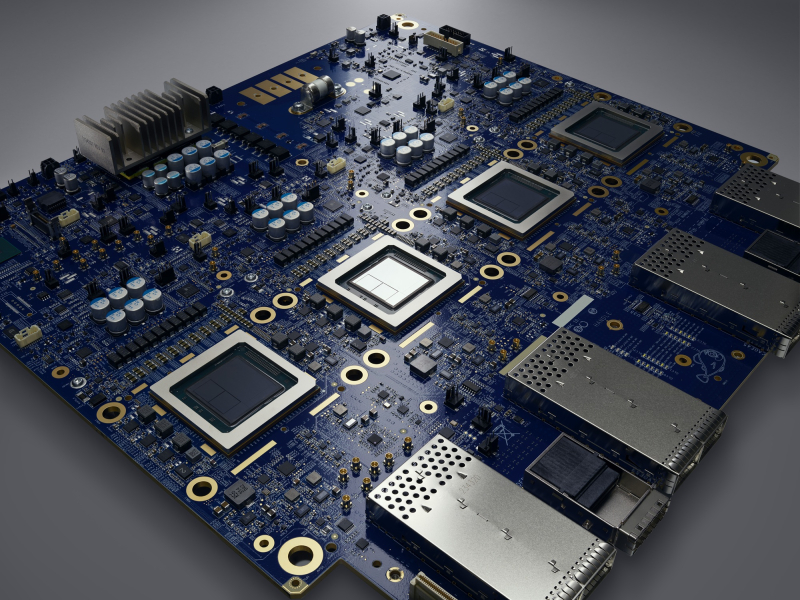Google published the results of internal research, which showed progress in increasing the carbon efficiency of their TPU and trace of their tracers. According to the company, for two generations-from TPU V4 to Trillium (V6)-the improvement of hardware equipment has led to a three-fold increase in the environmental friendliness of AI loads.
Assessment of the entire life cycle (LCA) of accelerators allows you to analyze in detail the statistics of emissions related to Google and the trace of the data, using a complete set of data-from the extraction of raw materials and the production of chips to consumption of electricity during operation. The company even introduced the new Compute Carbon Intensity (CCI), which allows you to evaluate carbon emissions regarding productivity.
CCI shows how many grams of CO2 emissions are for each exaflop of the work done. The lower the CCI, the lower the emission of equipment for a given workload. To evaluate progress, Google compared the five TPU models throughout their entire life cycle and came to the conclusion that the TPU of new generations became much more environmentally friendly, since CCI has been three years in four years. TPU Trillium, obviously, showed the best results.

Image source: Google
Google notes that for the entire TPU life cycle, 70% of emissions relate to operational, i.e. associated with electricity consumption. This emphasizes the importance of increasing the energy efficiency of chips and reducing carbon emissions associated with energy supply. However, the share of emissions associated with production is still very noticeable. Moreover, over time, it may even increase, since by 2030 Google intends to achieve the use of completely captable energy in each energy network that feeds its equipment. If the company wants to continue to increase the environmental friendliness of its decisions, it will have to intervene in supplies.
In addition, the constant optimization of II models will reduce the volume of the necessary calculations (ceteris paribus). However, increasing the efficiency of models, most likely, will lead to even greater use of AI. In the future, Google intends to analyze carbon emissions of individual AI models and the impact on their optimization. In the meantime, Google greenhouse gas emissions are only growing because of AI- +48% in five years.